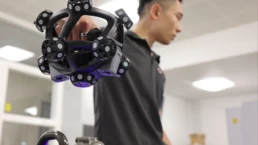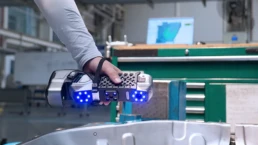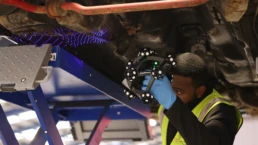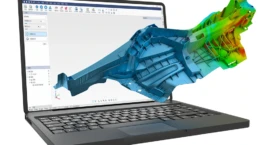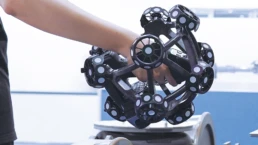The power of 3D scanning means it can be used to restore historical architectural structures, creating accurate digitalisation replicas.
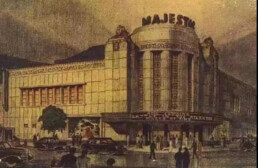
When people think of 3D scanning, architecture isn’t always the first thing that comes to mind but there are multiple purposes and benefits to the 3D digitisation of buildings and structures.
Historical Architecture Preservation
A part of history, and often a treasured feature of cities and towns across the world, the preservation of historical architecture is crucial for the economic growth amongst international travel and tourism industries.
Older buildings, however, are subject to corrosion, crumbling and general infrastructure failure. Using 3D scanning, architects and engineers have been able to successfully restore buildings and landmarks to their original form.
A recent example of how 3D scanning has been able to preserve a treasured piece of architecture is the restoration project of the Notre-Dame Cathedral. Four years prior to the fire which destroyed the roof and spire of the famous Cathedral, an art historian used a 3D scanner to record the intricate details of its construction. Without 3D scanning technologies, it would not be possible to restore the Cathedral as close to its original form.
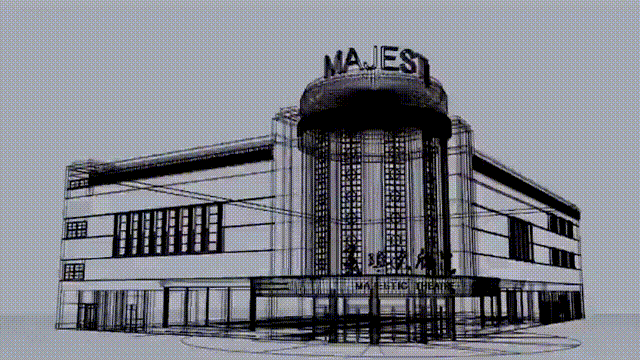
The Arts
3D scanning architecture is also a creative way to support the arts. Using 3D printing, miniature models of buildings and other structures can be created and showcased in art exhibitions. Using KSCAN Magic, our partners, Scantech, scanned the structure of the Majestic Theatre – an ornate theatre in Shanghai. Originally built in 1941, it is the oldest theatre in Shanghai. By using KSCAN’s five measurement modes, it was possible to complete accurate large-scale scanning without losing finer details.
The output of this project was an accurate and detailed 3D model of the structure which can be used for online display and as miniature models, and future archiving.
Scantech also digitised the Shanghai Concert Hall, the first concert hall in China. The hall features intricate, luxury chairs which are a signature piece of the Shanghai Concert Hall. These distinguished chairs have been scanned and generated into a 3D model, used within 3D printing to produce small, detailed souvenirs that can be taken home by visitors following a show.
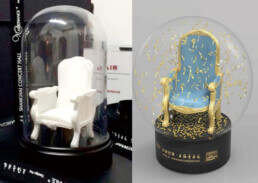
These are just a few examples of how we can benefit from 3D scanning architecture. Using scanners capable of large-scale recording, the most intricate details of buildings and structures (both old and new), can be persevered for years to come.
If your 3D scanning project involves architecture, talk to one of our experts today to discuss your project requirements.
Other news articles

